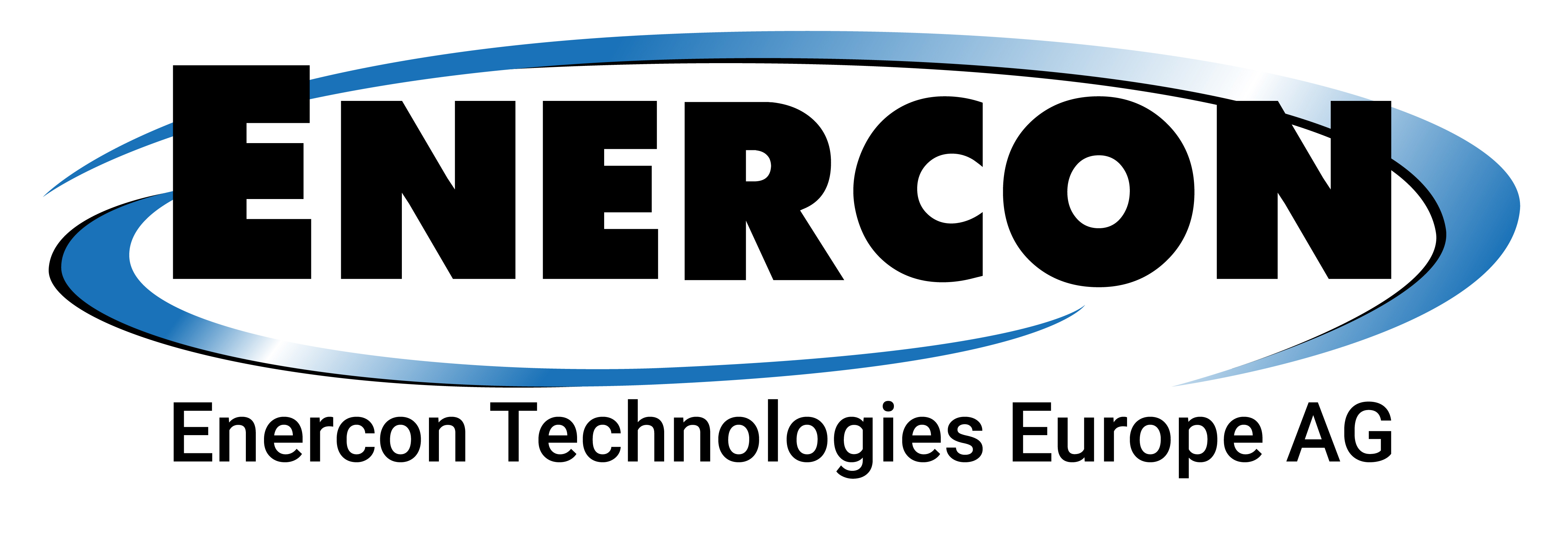MOSA, the Modular Open Systems Approach, formerly known as Open Systems Architecture, is defined as a technical and business strategy used to streamline the design of affordable and flexible systems for military applications. Various branches within DoD have attempted to implement an open architecture approach within military systems over the years.
VICTORY (Vehicular Integration for C4ISR/EW Interoperability) was an attempt by the US Army to develop an open networking standard in ground vehicles that would deliver superior interoperability and approach the ‘plug’n’play’ model. The FACE (Future Airborne Capability Environment) technical standard aimed to define an open software environment for all military airborne platform types and is heavily focused on software. HOST, the Hardware Open System Technologies, was created by NAVAIR and is an effort to support MOSA, primarily focused on airborne applications.
Finally, SOSA (Sensor Open Systems Architecture) was created by ALFCMC as an attempt at supporting MOSA. Separately, none of these MOSA efforts have achieved the critical mass and adoption necessary to drive hardware development but have provided a window into the challenges of a standards-focused approach to interoperability. Finally, in 2020, a tri-services memorandum was authored and signed by three branches of the US DoD encouraging program offices and contracting offices to adopt a policy utilizing open architecture. As a result, broad adoption across platforms and services of SOSA now has the momentum and top-down buy-in needed to incorporate all of these previous MOSA efforts into one common tri-services effort and focus. Uniqueness remains between air and ground integration requirements; however, SOSA appears to have the broad language and adoption to cover this wide spectrum of applications.
SOSA Open Architecture
SOSA falls under the MOSA umbrella, but while MOSA is a general term, SOSA leverages and adopts the open architecture model while being explicitly designed for “sensors.” Sensors are defined as any technology that can receive a signal and send back a signal in return. As sensors grow more widespread and sophisticated, their versatility, capability, and applications increase. As a result, the regulation became a necessity to maintain a general standard of connectivity, quality, price, and enhanced deployment.
Open architecture means that Government and industry can partner to develop a set of open standards and best practices, ensuring that sensor systems remain affordable, capable, and easily configurable. In addition, SOSA’s open systems create architectures that can be applied to the military, commercial, and business sectors, making them practical and flexible. Pacing threats and rapidly integrating upgraded technology and capability is a primary focus.
SOSA’s primary goal is to increase interoperability, but the platform is also designed to
● Reduce development time and cost
● Reduce the cost and risk of system integration
● Increase potential for reuse and commonality
● Support capability development
● Enable technological transition
SOSA only controls the interface of these diverse systems, not the environmental requirements or intellectual property contained within. As such, SOSA is not driving towards commoditization that would destroy the profitability of the US defense industrial base, but rather attempts to provide a path for system upgrades achievable in 2-3 years instead of 10 years.
SOSA being Improved to Consider all Branches of the DOD
Each DOD branch SOSA covers (army, navy, etc.) uses different varieties of applications, ranging from aircraft to submarines. In addition, unmanned systems such as UAVs, UGVs, UUVs, and USVs add an extra layer of complexity. Since SOSA was originally developed for airborne sensor pods, a great deal of work in the latest snapshot has been around incorporating considerations for the diverse power needs in MIL-STD-704 for airborne systems, MIL-STD-1275 for vehicles, and MIL-STD-1399-300-1 for naval vessels.
Airborne systems have unique challenges, including chatter issues with the bus transfer switches/relays, causing the switches to take an extended amount of time to close. Other challenges airborne systems face are power interruptions and lagging power factor. Unlike regular commercial AC power, these power factors can’t be corrected at a substation. Vehicles present their own unique issues such as needing 28Vdc systems only to operate using batteries which act as large capacitance. In the case of battery failure, unregulated generators operating into an open circuit can output pulses of 100V @ 50mS, meaning that power supplies and downstream devices must be able to operate through 100V. Naval applications have heavy focus on proper conversion of AC power, with great concern over line power factor, harmonic currents, and any EMI that can be conducted to the ship’s hull. As each of these power standards for such diverse requirements are written into SOSA specifications, SOSA becomes more useful across the different branches of armed forces.
The Power of SOSA to Drive Competition
SOSA’s latest requirements represent the next step towards achieving the goal of creating full interoperability in the defense industry. VITA 62 power supplies are interoperable, although they cannot be mixed across vendors in current sharing situations because of the differences in sharing circuits in different design groups.
In any event, this improved interoperability will transform competition between power supply vendors from compatibility to efficiency and ruggedness, forcing vendors to continually improve and leading to enhanced product capabilities. While this competition may be challenging, it will propel the defense industry forward and lead to increased technological advances.
In Conclusion
While implementing SOSA standards across various platforms, particularly unmanned vehicles, may present a challenge, we are ready to rise to the occasion with our experienced engineering team and custom capability leading the way. In addition, open architecture challenges the defense industry and forces vendors to achieve a high-quality standard. These two driving factors create a balance that fosters healthy competition and guides the industry towards its continued evolution of open architectures approach the vision of interoperability and shortened timelines for integration and technological growth.

